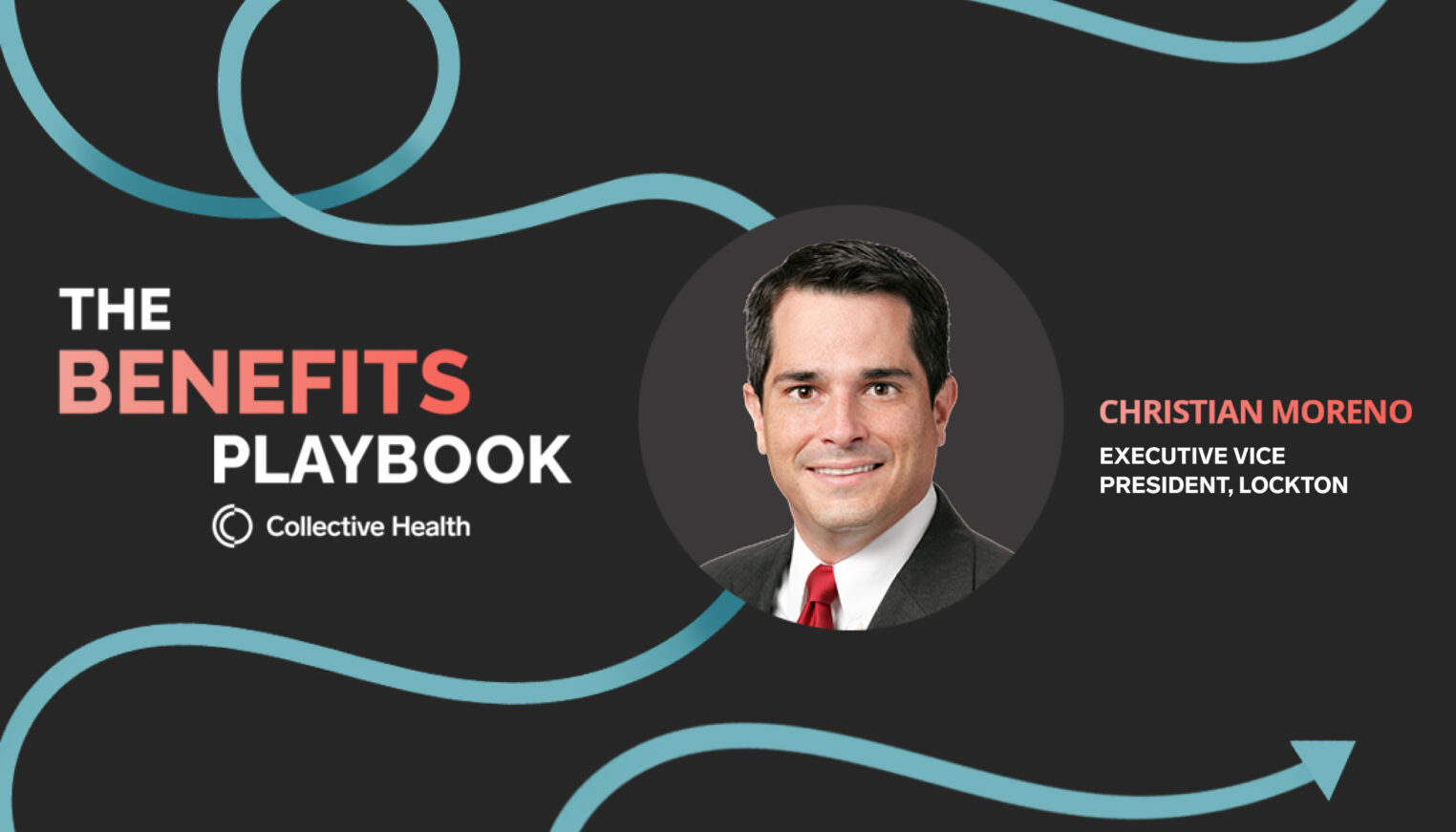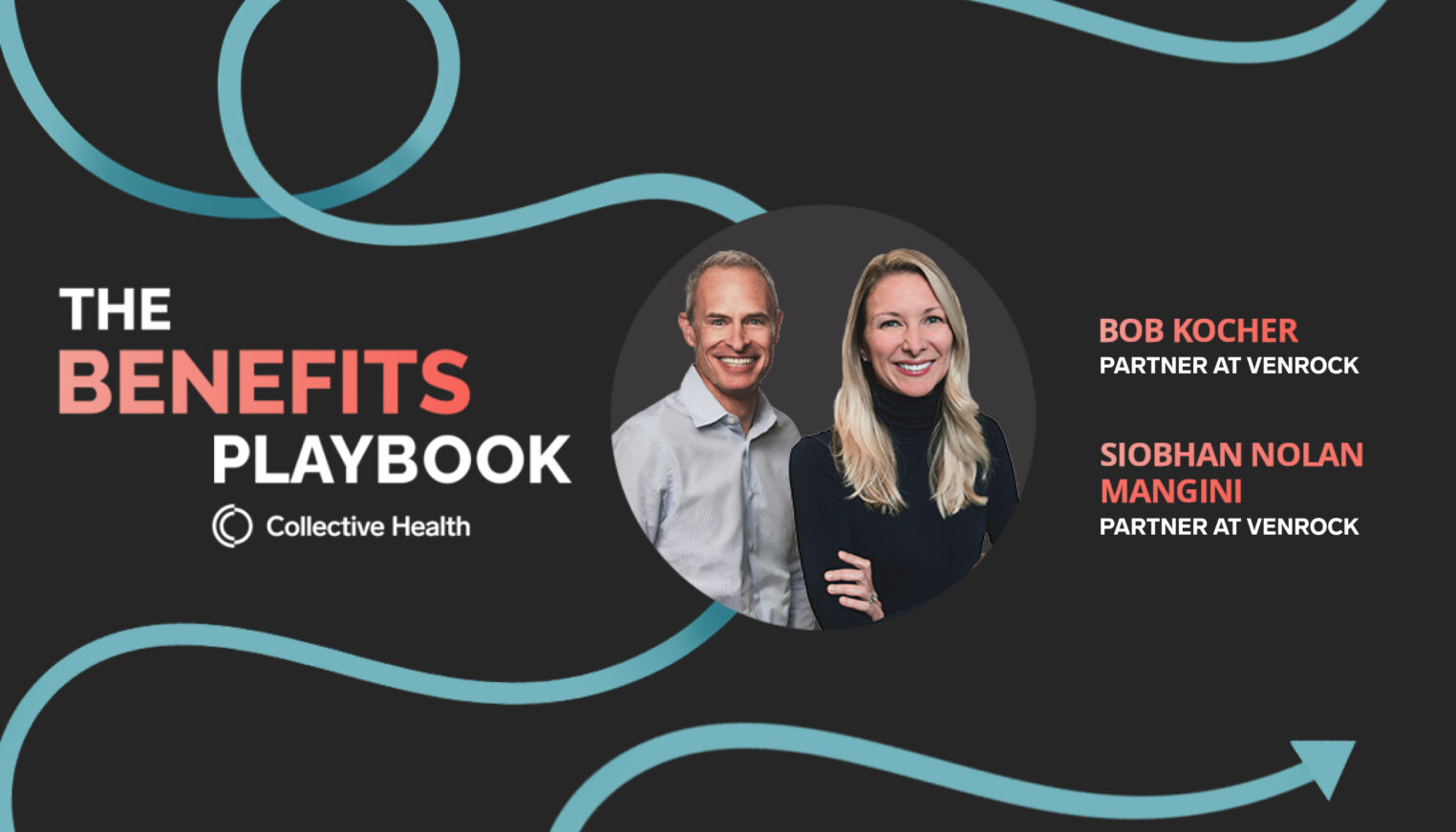By FOLX Health
Creating an inclusive and supportive workplace environment is crucial for any employer aiming to attract and retain a diverse and talented workforce. By actively addressing the unique needs and challenges faced by LGBTQ+ employees, including LGBTQ-specific health disparities, employers can foster a sense of belonging and contribute to more inclusive healthcare benefits. Below, we’ll explore five key ways you can support your LGBTQ+ employees.
1. Offer inclusive healthcare benefits and policies
Did you know that transgender employees are 1.5 times less likely to find company benefits easy to understand compared to their cisgender colleagues? LGBTQ-inclusive benefits can address the specific needs of LGBTQ+ employees, and by ensuring these benefits are accessible, available, and easy to understand, employers can foster a culture of inclusivity. Healthcare plans can include gender-affirming care coverage, including gender-affirming surgery, affirmative mental health care, transgender health care, inclusive fertility and family-building benefits, and social support in the workplace.
The HRC Corporate Equality Index
The HRC Corporate Equality Index (CEI) evaluates how inclusive and supportive a company is towards LGBTQ+ individuals. It was created by the Human Rights Campaign (HRC) and is now the national benchmarking tool measuring policies, practices, and benefits pertinent to lesbian, gay, bisexual, transgender, and queer (LGBTQ+) employees. Equitable benefits are a critical component of the CEI, including transgender-inclusive benefits. Out of Fortune 500 companies, 91% have gender-identity protections in their nondiscrimination policies, but many are still working towards more inclusive healthcare benefits.
One solution is to partner with LGBTQ-medical experts and benefit plans like FOLX Health.
Inclusive mental health care
Promote mental well-being by providing mental health care coverage that includes specialized LGBTQ+ therapists. List these mental health care providers on your preferred provider list. Listing LGBTQ-affirming therapists emphasizes to LGBTQ employees that they can access professionals who understand their challenges and can provide appropriate support.
Transgender health care
Healthcare plans can also cover trans-specific health issues, including gender-affirming surgeries, hormone therapy (i.e., estrogen and testosterone), and other necessary–and life-saving–medical procedures.
Affirming providers
Research has found that even people who have inclusive benefits have trouble finding affirming providers due to a dearth of providers, long wait lists, or simply not knowing where to find trusted references.
Partnering with an LGBTQ-inclusive healthcare benefit like FOLX Health can ensure your LGBTQ employees have premium access to gender-affirming healthcare and affirming healthcare providers. All FOLX Health clinicians are LGBTQ-affirming, with the majority being LGBTQ+ themselves. Employees can receive joyful, affirming healthcare, feel comfortable getting care in a non-judgmental environment, and can partner with an LGBTQ provider to get healthcare on their own terms. FOLX is also nationwide and available in 47 states at the time of publication.
2. Address health disparities specific to LGBTQ populations
Healthcare for lesbian, gay, bisexual (LGB), and transgender individuals should address LGBTQ-specific health issues. If a healthcare provider doesn’t understand the community’s unique healthcare needs, they will be unable to care for this population effectively, increasing costs for employers and decreasing the well-being of employees.
McKinsey found that “greater transgender inclusion in the workforce…could boost annual consumer spending by $12 billion a year.” Efforts to secure employment and wages for the “T” in LGBTQ benefit everyone.
Queer individuals deserve healthcare providers and benefits that effectively meet their specific healthcare needs, as addressing health issues significantly impacts their mental and physical well-being.
How can we reduce health disparities in communities? One answer is by retaining a diverse workforce.
A recent survey cited people of color who identify as women and LGBTQ+ people as having the lowest chance of meeting their basic needs when it comes to healthcare.
In a study by McKinsey, Black, Hispanic, and Latino, Asian, and LGBTQ+ employees were less likely to report receiving the healthcare services they needed. Additionally, they were more likely to switch employers because of benefits.
Prevalence of health disparities for LGBTQIA folks
LGB, intersex, and transgender people experience health inequities, including:
- Higher rates of substance abuse and tobacco addiction.
- Higher rates of mental health conditions like anxiety, depression, suicide, eating disorders, and substance use—which are all related to systemic oppression.
- Higher rates of STIs (sexually transmitted infections), per the Centers for Disease Control and Prevention.
- Higher prevalence of obesity and eating disorders, especially for lesbians.
- Greater risk of heart disease due to minority stress. Discrimination hurts the heart.
- Higher rates of cervical and breast cancers. “Compared with heterosexual women, bisexual women had 70% increased odds of reporting a cancer diagnosis.”
Diversity leads to better work outcomes (in terms of overall performance and effective decisions). Better benefits help retain a diverse workforce; it works both ways. Intersectionality is a crucial factor to consider when deciding on inclusive benefits.
3. Make healthcare benefits accessible, available, and easy to use
There are definitive steps you can take to create a safer workplace for all people, especially those who identify as LGBTQIA+:
- Remove gender from intake forms if possible, and include “gender-diverse” and/or “nonbinary” as gender options on forms when feasible.
- Include written policies with specific references to sexual orientation, gender identity, and gender expression as categories of protected classes.
- Include benefit information for same-sex spouses and domestic partners.
- Make bathrooms gender-neutral (or similar accommodations), which is considered best practice by the HRC.
- Add an administratively efficient, transparent, and effective process to change the name and gender identity of an employee to the name and gender identity that matches how they identify.
- Offer healthcare benefits for trans and nonbinary employees that are in alignment with current WPATH guidelines.
Other tips for making policies and benefits LGBTQ-inclusive:
- Include pronouns in your email signatures.
- Use the name and pronoun that a person has identified for themselves, regardless of the name or gender in a listing or roster.
- Apologize if you misgender a colleague, but don’t make a big deal of it; just commit to the correct verbiage in future conversations.
- Conduct a detailed analysis of your company’s healthcare and insurance plans to assess how they serve your transgender, nonbinary, and LGB employees. Data collection (on a voluntary, self-identified basis) from employees and board members that includes demographic information (e.g., race, ethnicity, etc.) also includes questions regarding sexual orientation and gender identity.
- Be visible and vocal in your support of the LGBTQ+ community and explicit about your organization’s commitment to LGBTQ advocacy.
- Speak up when observing anti-LGBTQ+ comments, including why the comments can be harmful and/or offensive.
- Offer an inclusive healthcare benefit like FOLX Health.
4. Engage in meaningful education around LGBTQ health concerns and services
Provide health education and training opportunities on LGBTQ+ issues and health disparities, especially for LGBTQ employees. However, anonymity must be an option for accessing these resources. Some folks do not feel comfortable coming out at work. Additionally, safety is a concern for many nonbinary and transgender people.
Educational interventions
Hold an LGBTQ+ Ally training session by engaging trained speakers to educate coworkers about the differences between gender identity and sexual orientation, how to use preferred pronouns correctly, and how to create an accepting environment at work. This helps promote a respectful workplace culture that values human rights and human services.
Embrace diversity. Involve LGB and transgender employees who are “out” to participate on the DEI (Diversity, Education, and Inclusivity) boards or committees.
Make sure your human resources department is trained to handle any questions that come up. Training could be on LGBTQ-health inequities and intersectionality among LGBTQIA+ communities.
Be conscious of language and support systems
Ensure that language used in the workplace is inclusive, respectful, and free from assumptions about gender identity or sexual orientation. Establish support systems, such as reporting mechanisms, to address incidents of discrimination or harassment promptly and effectively.
Be conscious of language and educate yourself about it. Don’t hesitate to embrace learning and foster a workplace culture that values and incentivizes education on LGBTQ language.
Inclusive language is often gender-neutral. Use gender-neutral language when describing parental leave or health benefits, like “spouse” or “partner.”
Anonymity, privacy, and safety
Respect and protect employees’ privacy by implementing policies that safeguard their personal information, including their sexual orientation and gender identity. Nearly 50% of transgender employees aren’t comfortable being out at work.
Create an environment where employees can disclose their gender identity or sexual orientation voluntarily, ensuring confidentiality and non-discrimination. Employees must feel safe and comfortable reporting incidents of discrimination or harassment, so be sure appropriate protections are in place.
5. Create a culture of support and inclusion in the workplace
Celebrate Pride Month by partnering with local LGBTQ+ organizations and hosting events or programs that promote diversity and inclusivity. Examples include:
- A diversity training session led by a member of the local community.
- A panel discussion on how to be an ally to LGBTQ colleagues.
Events like Pride help build community by addressing health disparities and inequities in the LGBTQ community. Health disparities are more prevalent when there is no community support. For example, older LGBTQ people frequently lack support. Creating a support group and providing resources that connect LGBTQ elders during Pride is one step toward building social support.
At the same time, Pride is not the only month these events should occur. Provide safe and supportive work spaces for LGBTQ employees year-round to really make an impact.
(More) tips for creating an inclusive workspace
Support your LGBTQ employees at work by making “the office” a safe and inclusive space.
- Host an LGBTQ+ support group. A support group creates a safe space for LGBTQ employees to connect, share experiences, and seek peer support. An out ERG leader might be able to facilitate, or you might bring in an external resource.
- Hang up Pride flags and posters in common areas to visibly demonstrate your support for the LGBTQ+ community. Pro tip: keep them up year-round!
- Empower employees to learn, understand, and support their LGBTQ+ colleagues. Set up an LGBTQ+-friendly resource library with books, articles, and other educational materials on LGBTQ+ health topics. Make it accessible for all employees and add it to your company’s webpage. Link out to LGBTQ content that is credible and user-friendly.
Foster social support and reduce social stigma to improve mental health outcomes for all LGBTQ+ employees.
Employers can support LGBTQ healthcare
Inclusive employer benefits are crucial for supporting LGBTQ+ employees and fostering an environment of acceptance and respect. By offering LGBTQ-inclusive benefits, creating affirming spaces, and providing access to inclusive healthcare benefits, employers can fully support their LGBTQ employees (and retain a valuable, diverse workforce).
Connect your employer benefits to an LGBTQ-inclusive healthcare benefit like FOLX Health to give your employees access to LGBTQ-specialized benefits that serve all their healthcare needs.
Disclaimer: The views expressed in the article are those of third parties. They do not purport to reflect the opinions or views of Collective Health or its members.



